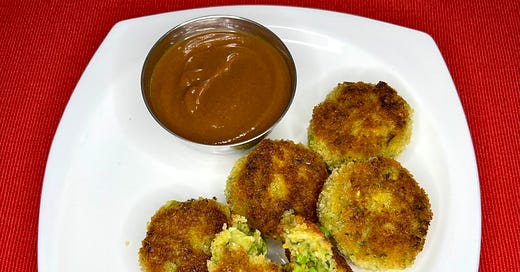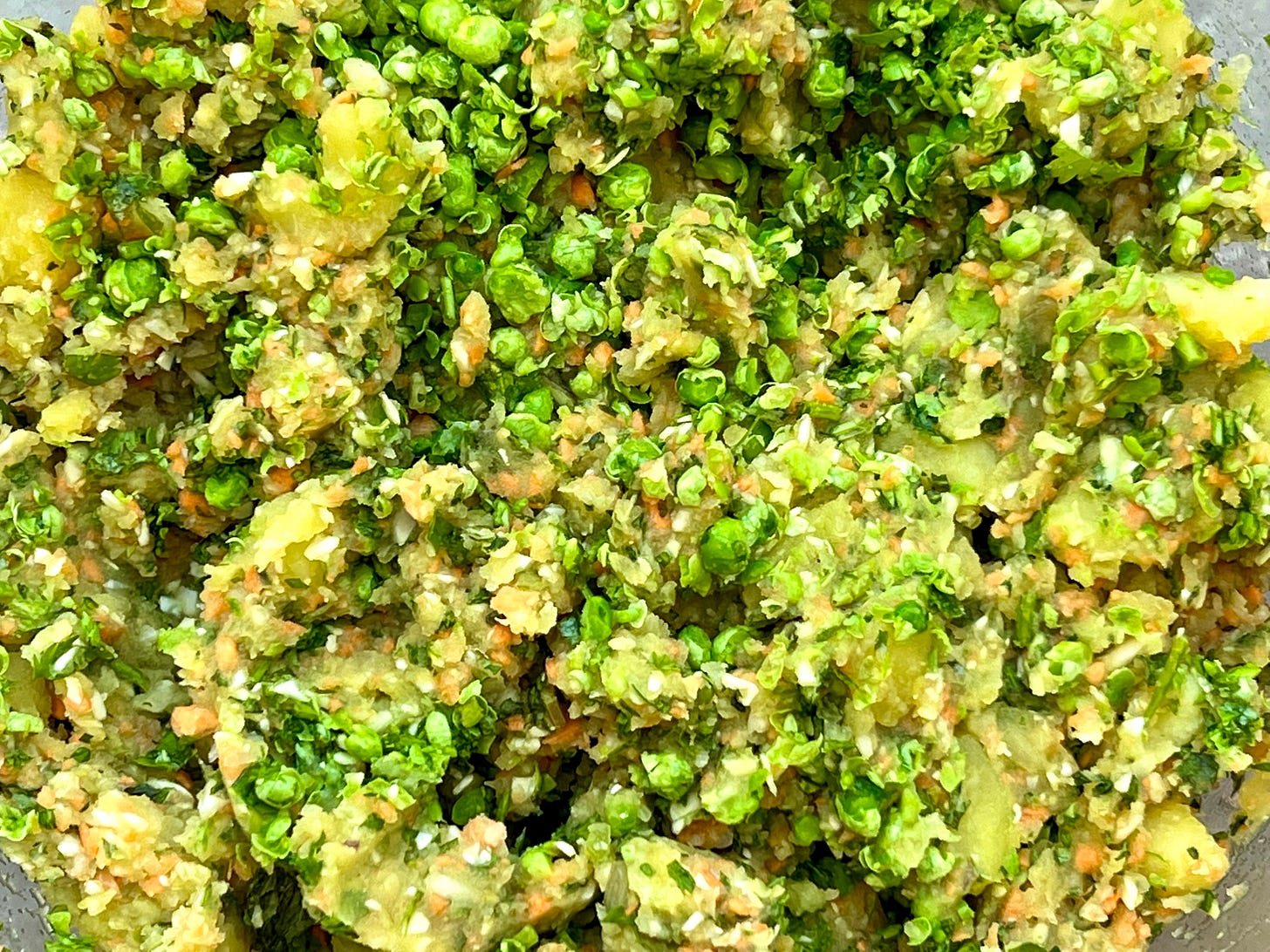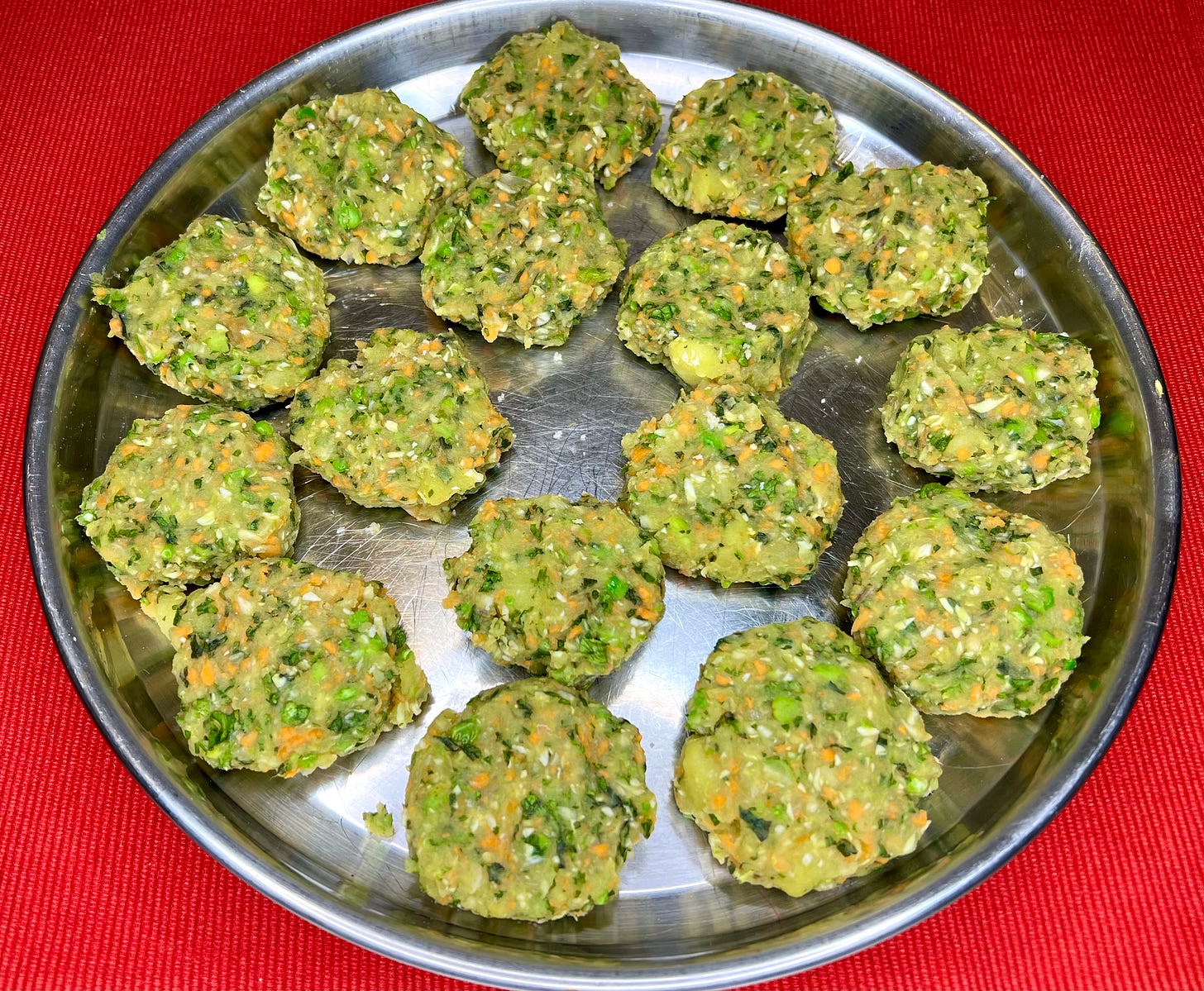1994. My first semester at the University of Alabama in Tuscaloosa. I had moved there a couple of weeks before classes started, and right off the bat, had made some friends with other Indian graduate students, thanks to the fantastic International Student Association at the uni. Run by someone called Diana Junius. Can’t believe I remember her name. I was on a graduate student assistantship, which meant I’d get a wee stipend every month. That’s what I planned on living on. But I still had to pay tuition every semester, which was about $2000. My folks were sending me the money to cover tuition, and that first semester, my dad had told me that the money would come about a week after it was due – internet banking and immediate transfers weren’t a thing yet…so could I figure something out for the meantime, he asked.
I’d been there about a week and had gotten to be pretty good friends with a graduate student in the department of biology. She was married, and her husband was faculty at the uni, which meant she wasn’t living the typical graduate student life. So my figuring out something entailed asking my new friend if she could lend me the money for a week. She didn’t hesitate; she walked me over to the bursar’s office and paid my tuition. And the following week, as soon as my dad sent me the money, she got it back.
I didn’t hesitate to ask her. She didn’t hesitate to help me out. We’d known each other a week. And it wasn’t a matter of 10 dollars.
This is a story I often tell students in my sociolinguistics classes. Or my pragmatics classes. And here’s another.
2009 or 2010. In Bangalore for a wee break, I was helping a cousin deal with her divorce. This particular morning, we were at the courthouse, waiting for her to get her final divorce papers. We were in a corridor, waiting our turn; there were benches on either side of the corridor, and I was sitting on one, cross-legged (not Indian-style), with one leg over the other, both legs dangling; the bench was unusually deep, and I stand tall at five foot nothing. My legs always dangle. Opposite us sat this slightly older woman – maybe in her early 50s. I made eye contact, smiled slightly, and did the Indian head nod by way of greeting. Didn’t get a response. Grim-looking, and she got grimmer by the minute, it seemed, as she stared at us…no, just at me. All of a sudden, when I made eye contact with her again, she barked at me: Uncross your legs. This is not an appropriate way for you to sit.
Could have knocked me down with a feather. I mean. First of all, in my mind, there was absolutely nothing inappropriate about how I was sitting. Second of all, I was not a child, for heaven’s sake. Granted, I didn’t look my age, but hardly looked like a kid. Which, for me, is the only thing that might have made that comment appropriate. And the woman came from a culture I was infinitely familiar with. Or so I thought. And why wasn’t it appropriate? Because I was in a formal place and needed to sit more…er… demurely? Because I was in her presence, the presence of an older person, and therefore needed to be more…er…respectful? By being more demure? But why was sitting cross-legged not demure? Because I am a woman? I hadn’t a clue. Still don’t. I did acquiesce, because that’s who I am. Didn’t want to make possible trouble for my cousin. Divorce was hard enough.
Back in an early sociolinguistics class in the early 90s, probably in Toronto, I first learned about Dell Hymes, an influential sociolinguist and anthropologist. He came up with the idea (in the 1960s) that we needed to expand on our idea of what it means to be communicatively competent: grammatical or linguistic competence, he said, is but one part of communicative competence. What is, to a large extent, more important, he said, is sociolinguistic competence – which is more concerned with, among other things, a knowledge of what is and isn’t appropriate. “There are rules of use without which the rules of grammar are useless,” (1972, p. 278) Hymes said. Rules of use are rules pertaining to what is acceptable, what is appropriate, how to say something, rules obviously governed by the society, with all its variables, in which one lives, a certain socio-cultural context. Made absolute sense to me when I first learned this. Makes even more sense today because of the increasing necessity of being interculturally competent in today’s world.
So, I tell my students, it was perfectly acceptable to ask this particular friend in Alabama for a loan, because this is what my cultural rules (and hers) deemed fine. And it was unacceptable for the stranger to ask me to uncross my legs because my sociolinguistic rules said this was a completely inappropriate request. Just like it is ok to ask someone in one culture how much their monthly salary is, and it is totally inappropriate in another to ask the same question. Just like it is not just appropriate, but necessary, to use “uncle” or “auntie” to refer to any older non-parental figure in India. Just like it was considered inappropriate of me to want to chat with strangers on the subway when I first moved to Toronto – because according to the rules of my culture, this was not just fine, but expected. I got some strange looks, let me tell you. Great. And all these rules have absolutely nothing to do with grammar or vocabulary. All this makes sense.
But.
Typically, to whose rules of usage are we referring? Who decides what is appropriate and what isn’t? Whose sociolinguistic and sociocultural rules come into play? Particularly in an intercultural interaction? An interaction among people speaking a common language, English, but functioning on different sets of cultural rules?
My husband couldn’t believe I had the gall to ask a new friend to lend me $2000. Today, he is much more aware of the sociocultural rules under which I function. And the woman at the courthouse in Bangalore clearly thought it was perfectly appropriate to address me the way she did and demand that I uncross my legs. Using English, but based on her own sociocultural rules. And to me, it was totally inappropriate that she did – her age, the context, nothing, in my mind, made it appropriate. My cousin didn’t think there was anything wrong with the request. So clearly those were my more western rules of appropriateness coming in to play.
Now as I have mentioned in previous posts, the rules of the English language, have changed, to an extent, in keeping with the changing multilingual and multidialectal reality of the times; this is the basis of World Englishes scholarship. But much World Englishes research, mine included, focuses on vocabulary, grammar, morphology, phonology. And less on sociolinguistics and pragmatics.
Sociolinguistic and pragmatic competence in English, then, is still very much governed by western, traditionally native-speaker rules of what is appropriate. And what is very definitely not. Sociolinguistic theory, even today, continues to be based largely on observations in monolingual, urban, western contexts; the discipline is still largely a western discipline, and despite tremendous potential, sociolinguistics has not influenced much current World Englishes scholarship. Where the native speaker does pay (often perfunctory) homage to cultural differences, it most often is in the form of lists of stereotypical dos and don’ts. Lists of typical cultural faux pas. Meanwhile, English language centers around the world continue to teach their students to liberally pepper their English with expressions like “over the moon,” or something not being “their cup of tea” to prove their linguistic competence, just as they ask their students to maintain firm eye contact, smile, or shake hands firmly, or use an appropriate tone of voice or express thanks directly to show their sociolinguistic or sociocultural competence. Firm handshakes? Yeah, try telling my students here, in Oman, that.
And people continue to acquiesce. Even if they’re pissed off. Why?
Well, again, gatekeepers. A speaker of a non-native variety of English needs to be interculturally competent. A speaker of a traditional native variety? Not so much.
So the recipe for this week doesn’t have to do with a lack in my sociolinguistic competence when I first moved to the US, but with my lack of linguistic competence - in American English. I told a friend of mine I was making cutlets for dinner, and that he should come hungry. Cutlets, to most Indians, are vegetable cutlets – vegetable patties, breaded and pan fried. Often spicy, served with a chutney. Another fantastic rainy-day snack. Or dinner. Well, said friend came hungry, and was sorely disappointed not to find any breaded meat for dinner – he was expecting breaded and fried thin slices of chicken or beef he said, somewhat disgruntled, because, apparently, that’s what cutlets were! To him.
He definitely didn’t leave disgruntled.
And cutlets are, and will always be, these vegetable patties.
Vegetable Cutlets
Ingredients (makes 30-35 small cutlets)
1. 4 or 5 medium potatoes, boiled and rough-mashed. This should yield about 4 cups of rough-mashed boiled potatoes
2. 1 cup onions, very finely diced
3. 2 Tbsp garlic, very finely diced
4. 1 Tbsp ginger, very finely diced
5. 1 or 2 green chillies, very finely diced (more or less if you like)
6. 1 cup grated carrots
7. 1 cup very finely chopped cabbage
8. 1 cup peas
9. 1 heaping cup mint leaves
10. 1 heaping cup cilantro leaves
11. 2 tsp salt
12. All-purpose flour (about ¾ cup), 2 eggs, and breadcrumbs (about 1 ½ cups) for breading
13. 1 Tbsp oil for initial sauté
14. Vegetable oil to pan fry the cutlets
Method
1. Peel and boil the potatoes till fork tender. When slightly cooled, rough mash them. You want them to have some texture – they shouldn’t be baby food.
2. Heat 1 Tbsp oil in a skillet and when it is hot, add the onions, garlic, ginger, and chillies. Add ½ tsp of the salt and sauté the veg for about 5 minutes on low-medium heat.
3. Allow the sauteed onion mixture to cool.
4. Either very finely chop the mint and cilantro together, or pulse it through a food processor till finely chopped.
5. Now mix together the mashed potatoes with the onion mixture, the mint-cilantro mixture, and the cabbage, carrots, and peas. The resultant mixture should be just sticky enough to form into patties.
6. Hint for parents with young kids: My kids hate peas. I used frozen peas in this recipe, and pulsed them through a food processor for 15-20 seconds just to break them up a bit so they would look less pea-like in the cutlets. This is also why I grated the carrots and chopped the cabbage very, very fine. If you don’t have fussy young kids, feel free to dice the veg up a bit less small – as long as the veg isn’t large enough to prevent the mashed potatoes from binding everything together.
7. Form small patties with the veg mixture, about 1 ½ inches in diameter and about ½ an inch thick. As I mentioned above, this makes about 30 small cutlets; you could certainly make them bigger or smaller if you like.
8. Set out your breading station with the flour, beaten egg, and breadcrumbs in three separate plates or bowls. Dip the cutlets first into the flour (be sure to shake off the excess; the flour should very thinly coat the cutlet), then into the egg, and finally into the breadcrumbs to evenly coat the cutlets. Set the cutlets onto a plate and refrigerate for about 30 minutes – this helps tremendously with the frying as it firms them up a bit.
9. Heat about 3 Tbsp oil in a skillet, and when it is hot, shallow fry the cutlets. You can cook several at a time depending on the size of your skillet. Cook on one side on medium heat for about a minute, flip it over, and cook on the other side for another minute or so, till both sides are golden-brown. Cooking times will differ based on the size of your cutlets, of course. After cooking a couple of batches of cutlets, you might need to clean out the skillet and use fresh oil (if it hasn’t all been absorbed). Using a clean skillet ensures that there are no burned bits of breadcrumbs sticking to your cutlets.
10. Serve hot with the date and tamarind chutney from last week. Or really, any chutney.
Alternate ways of cooking the cutlets: I typically shallow fry them because to me, they don’t need to be deep fried. Could I deep fry them? Absolutely, and by all means do so if you want to. They will, of course, be delicious – how could they not be? I have also tried air-frying them and that works wonders. If you want to go this route, brush both sides with a little oil and put them in the air fryer at about 180 centigrade for about five to ten minutes till the outside is good and crunchy.
Another hint: The breaded cutlets freeze beautifully. To cook, you don’t need to defrost them – just shallow fry them on low with a lid on for the first few minutes. If they are completely frozen, they should take 7 to 8 minutes to cook, with a lid on for the first five minutes. Or pop them in the air fryer after brushing them with a wee bit of oil – but for about 15-20 minutes at around 160 centigrade since they’re frozen.







The rules of 'nicety' are indeed quite challenging, but necessary, as you know. I recall in France that formal letters to people end with the same stock sentence which reads something to the effect of <Madame, I hope that you see in these lines the expression of my deepest sentiments of respect and admiration and...> it goes on. It means nothing but it is always there. In my letters, I used to include all that garbage up to the and but finish my letters with my desire for the person to enjoy a sunshine filled afternoon in the park. I had more than one professor over time invite me to join them for lunch at the cafeteria of the university (the faculty had a special area in which to eat which was less grimy than the student section) just so they could tell me what a pleasant and unexpected surprise my letter had been in their day... and to let me know that my ending was so unexpected because no one ever changes the stock wording, even if it would be more appropriate to do so.
Loved this, start to finish! The writing is excellent, the storytelling deft, swift, interesting, your linguistic knowledge impressive and vast, and those
cutlets … ooh I really want to try them. Yum!